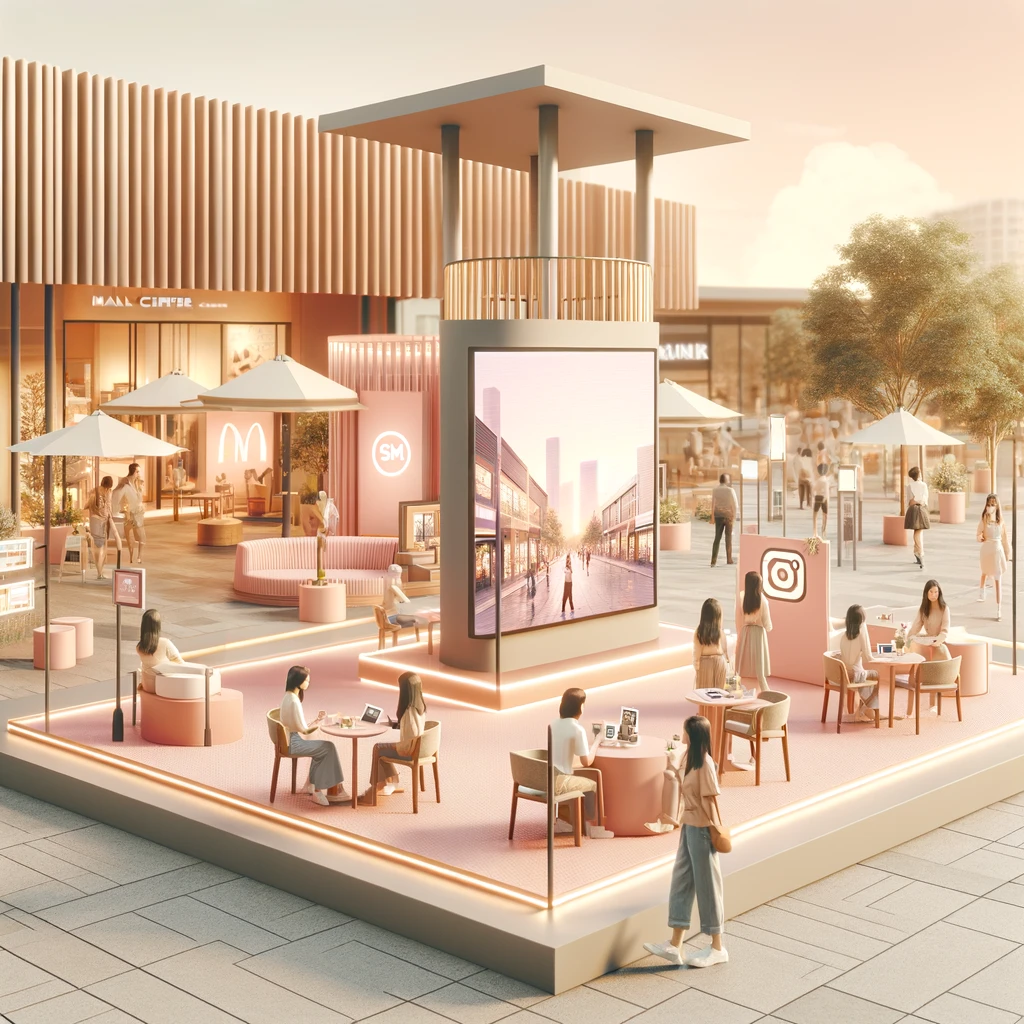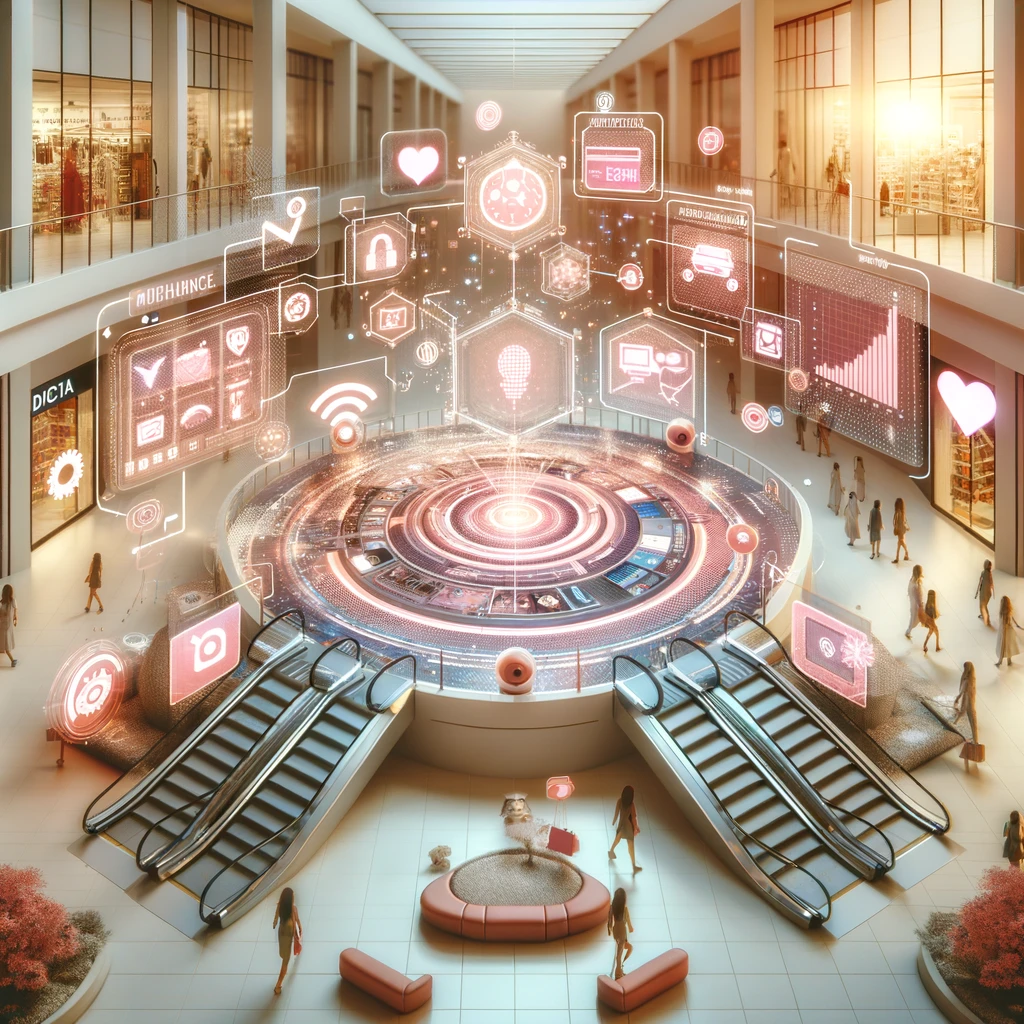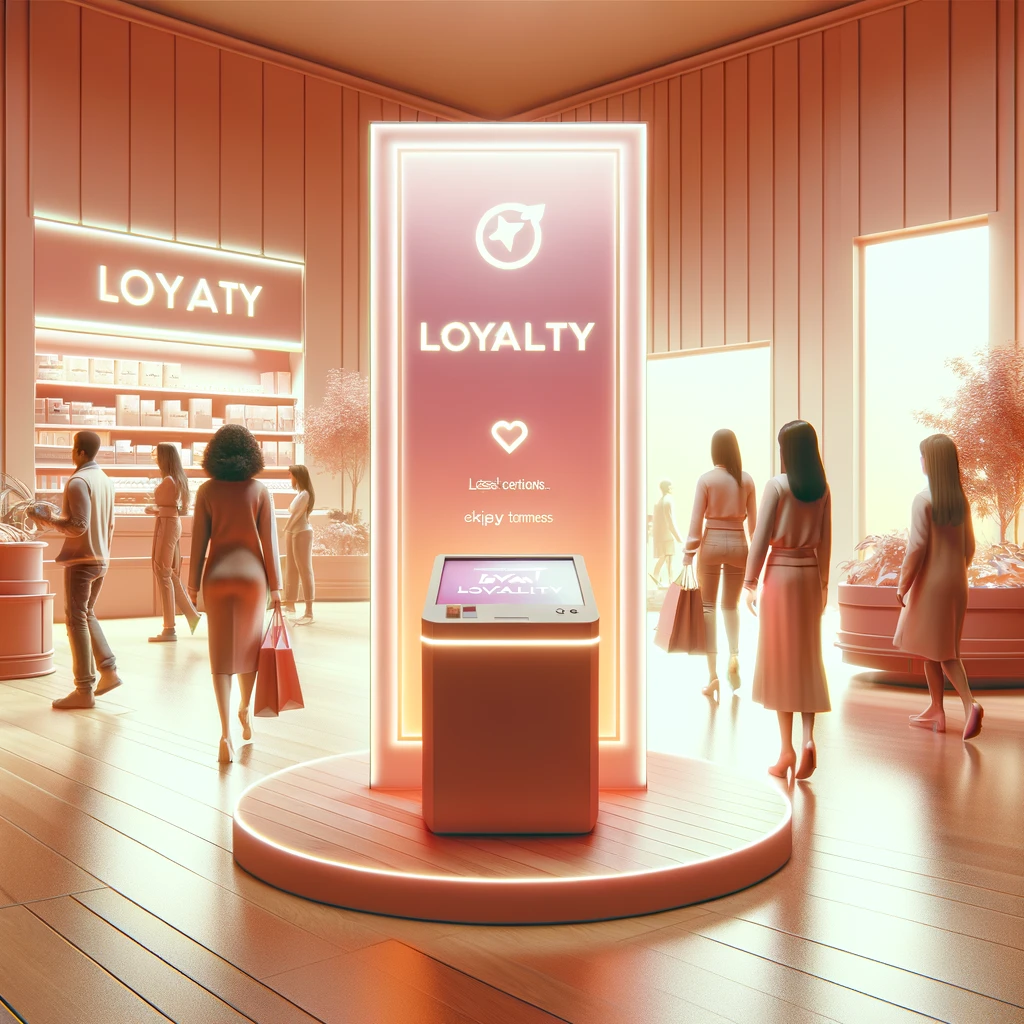Next-Gen Marketing Techniques for Shopping Malls

In the rapidly evolving retail landscape, shopping malls stand at a crossroads. The rise of e-commerce, changing consumer behaviors, and the global pandemic have forced a rethinking of traditional mall marketing strategies. Now, more than ever, innovative approaches are essential to attract and retain customers, offering them unique, memorable shopping experiences.

The State of Shopping Malls Today
Despite the challenges, shopping malls are far from obsolete. They are transforming, leveraging technology, and innovative marketing to create value for shoppers and retailers alike. For instance, Placer.ai reports highlight the resilience of brick-and-mortar retail, noting that differentiation and targeting are crucial for the survival and growth of lower-tier malls (Placer.ai).
Understanding Your Audience: The Gen Z and Millennial Shopper
A significant shift in mall marketing strategies involves understanding the preferences of Gen Z and Millennials. HubSpot’s State of Consumer Trends Survey reveals that 71% of Gen Z discovers new products on social media, yet 73% prefer to make purchases in-store (HubSpot Blog). This highlights the need for a hybrid marketing approach that blends digital discovery with physical retail experiences.
Leveraging Technology for Enhanced Customer Experiences
Technology plays a pivotal role in modern mall marketing strategies. From AI and personalization to augmented reality (AR) and beyond, malls are embracing tech to offer unique, engaging shopping experiences. For example, 65% of Gen Z expresses excitement about AI’s potential in retail, underscoring the opportunity for malls to innovate (GWI Blog).
The Importance of Loyalty Programs and Personalization
Amidst economic uncertainties, loyalty programs have gained importance, with in-store loyalty point interest rising by 11% (GWI Blog). Personalized marketing, powered by AI, can significantly enhance the shopping experience, encouraging repeat visits and fostering a sense of community among shoppers.
Adapting to the Digital Shift
The digital shift is undeniable, with 66% of consumers moving from in-store to online purchases (RetailSEE). Shopping malls must adapt by integrating digital channels into their marketing strategies, using online platforms to drive offline foot traffic.
Experience shopping like never before with Cloud Mall, where innovation, convenience, and immersive technology bring the mall to your fingertips.
The Future of Shopping Malls: Community Hubs and Experiential Spaces
The shopping mall of the future is envisioned as a community hub, offering more than just retail. According to Retail TouchPoints, malls are becoming spaces for events, programming, and digital strategy implementation, aiming to curate experiences that draw visitors (Retail TouchPoints).
Success Stories and Innovative Approaches
Highlighting success stories and innovative marketing campaigns from leading malls can provide inspiration and actionable insights. For example, top-tier malls experiencing growth in revenue and foot traffic showcase the effectiveness of adaptive strategies and premium experiences (Coresight Research).

Strategies for Adaptation and Growth
Malls must focus on adaptive strategies to thrive. This includes diversifying offerings with more restaurants and entertainment options, enhancing the in-mall experience through technology, and embracing smaller, more focused retail formats (Matrix Marketing Group).
Reimagining Mall Marketing for the Future
As shopping malls navigate the complexities of the modern retail environment, the key to success lies in innovation, adaptation, and a deep understanding of consumer behavior. By embracing technology, personalization, and community-focused strategies, malls can reinvent themselves as vibrant, dynamic destinations for a new generation of shoppers.















